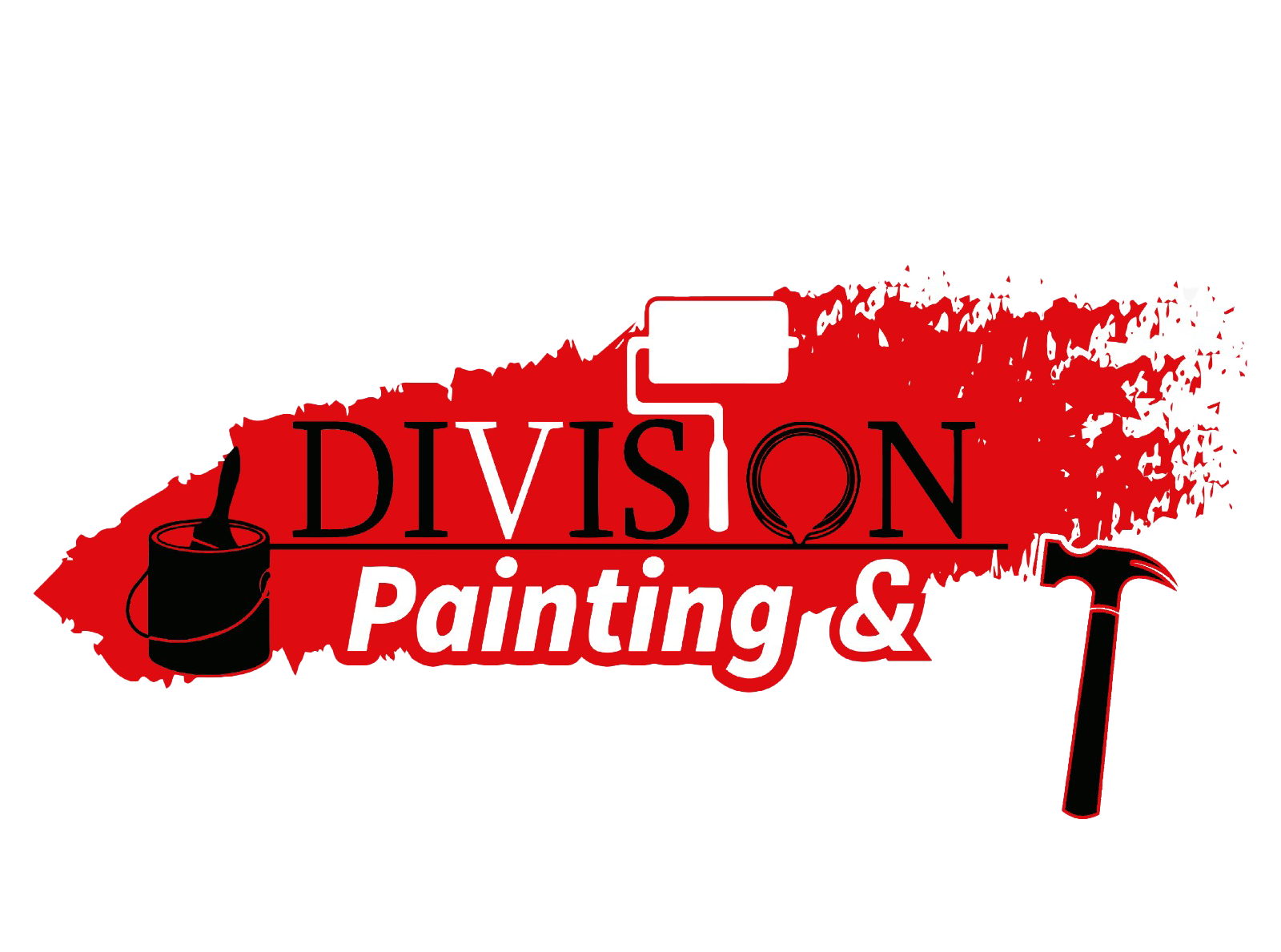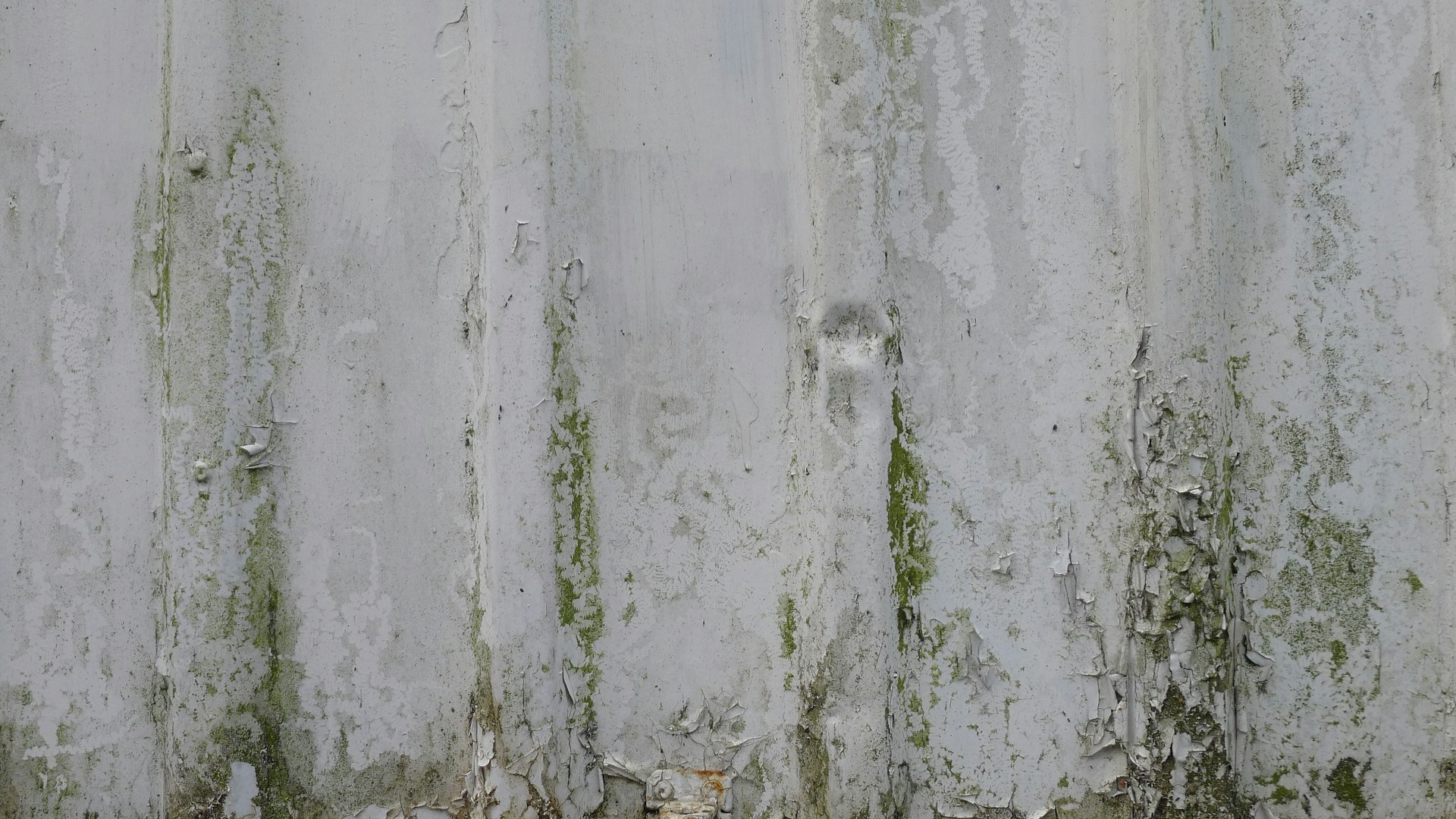Mold can be a sneaky problem in our homes, often popping up in places we least expect. It loves to lurk in the damp corners of our spaces, sometimes hiding just out of sight. Not only does mold look unsightly, but it can also pose risks to our health and the structural integrity of our homes. Identifying mold early is key to preventing long-term damage and keeping your household healthy. Getting rid of it promptly aids in avoiding bigger problems down the road. Are you worried about that strange black spot on your bathroom ceiling? Or perhaps you’ve noticed a musty scent but can’t quite pin it down? These concerns are quite common, and understanding mold and its signs is the first step towards resolving them.
Common Signs of Mold Infestation
One of the most straightforward signs of mold is visible discoloration. Mold spores can accumulate and form spots on walls, ceilings, and even on floors. These spots vary in color, from black to green or even white. Have you ever moved furniture and found clusters of spots? That could have been mold. Another sign is a persistent musty odor. You know that old, damp smell reminiscent of wet books left in the dark? That’s mold waving its red flag. If the smell seems stubborn and doesn’t fade after airing out the room, it might be time for a closer inspection.
It’s also essential to pay attention to health symptoms without an apparent cause. Mold often causes allergic reactions, leading to sneezing, itchy eyes, or skin irritations. For people with asthma or other respiratory issues, mold can worsen symptoms, making breathing more difficult. Noticing these symptoms at home but not elsewhere might indicate that mold is present somewhere in your space.
A quick checklist can help you determine if you might be dealing with mold:
– Check for visible spots or discoloration, especially in damp areas like bathrooms and basements.
– Sniff out any lingering musty odors that persist despite cleaning.
– Observe any recurring health symptoms like sneezing or breathing difficulty that seem to come and go with time spent at home.
By paying attention to these signs, you can mitigate mold problems before they escalate into larger issues, ensuring a safer and healthier environment for everyone under your roof.
How Mold Spreads and Why Professional Remediation Is Necessary
Mold spreads through tiny spores that float through the air invisibly. These spores are like tiny seeds seeking out damp corners and warm locations where they can grow and multiply. Have you ever left a damp cloth in the laundry room only to find it covered in spots the next day? That’s a vivid analogy for how mold spores find their perfect home. Unfortunately, trying to handle mold yourself can often make things worse. Without the right equipment and knowledge, disturbing mold can release more spores into the air, increasing the spread throughout your home.
The risks of removing mold on your own aren’t just about spreading spores. Mold has health implications, especially for those sensitive to its presence. Without professional containment and air filtration, mold removal can exacerbate respiratory issues or allergies. You might think you’ve cleaned it, but without professional intervention, hidden spores might remain, regrowing silently until the problem resurfaces. That’s why calling in experts can save you a lot of hassle and headaches down the road.
What to Expect from Professional Mold Remediation Services
When you reach out for professional help, mold remediation specialists take a structured approach to tackle the problem thoroughly. Here’s what typically happens:
1. Inspection and Assessment: Experts start by identifying mold’s presence and figuring out the scope of contamination. This assessment helps in crafting an effective plan to address the problem.
2. Containment: To prevent spores from spreading during cleanup, professionals establish containment barriers. This keeps the mold restricted to the affected areas, protecting the rest of your home.
3. Air Filtration: High-efficiency air filters clean the air, capturing floating spores. This step is crucial to ensure that spores don’t find new surfaces to colonize.
4. Removal: Using specialized equipment and protective gear, experts remove mold from surfaces. This process can involve cleaning, using antifungal and antimicrobial treatments, and in some cases, removing excessively contaminated materials like drywall or carpeting.
5. Restoration: After removal, professionals restore the affected area. Whether it’s repainting or installing new drywall, professionals ensure your home looks as good as new.
Opting for professional services gives peace of mind. Their expertise and tools ensure mold is effectively removed and less likely to return. Plus, their work guarantees long-term prevention that mere cleaning can’t promise.
Preventing Future Mold Infestations
Once your home is mold-free, keeping it that way becomes the focus. Key to prevention is controlling moisture. Keeping your home dry and well-ventilated can deter mold growth. Use dehumidifiers in damp areas like basements and ensure proper ventilation in bathrooms to prevent moisture build-up.
Regularly inspect your home for leaks. Check under sinks and look for signs of water stains on ceilings or walls. Fixing leaks promptly and drying damp areas can stop mold before it starts. It’s also wise to maintain your AC and HVAC systems as they help control humidity and airflow.
By staying vigilant for signs of moisture and acting quickly at the first hint of an issue, you can protect your home from future mold problems. Ensuring a mold-free environment not only protects your property but also supports the health and well-being of everyone under your roof.
To ensure your home stays mold-free and your family remains healthy, it might be time to consider a professional approach. With a focus on safety and thoroughness, Division Painting Inc. provides expert solutions through a comprehensive mold remediation service. Discover how our team can help protect your home and prevent future mold issues for good.


0 comments